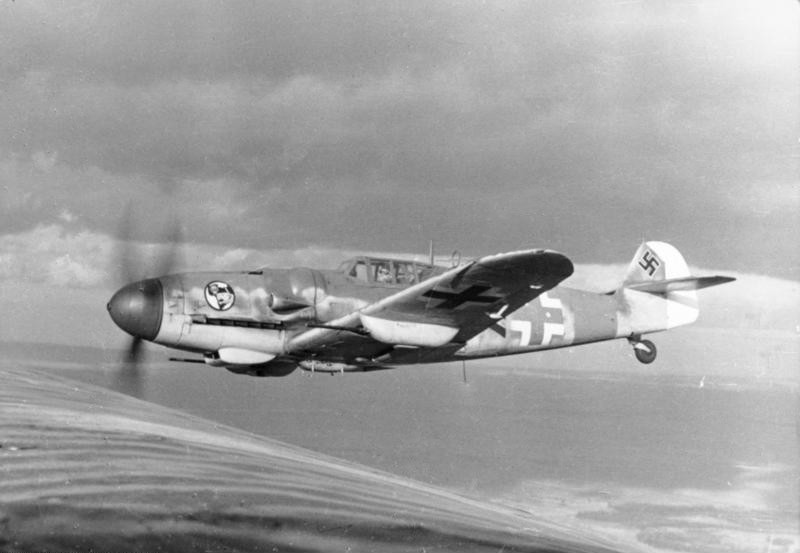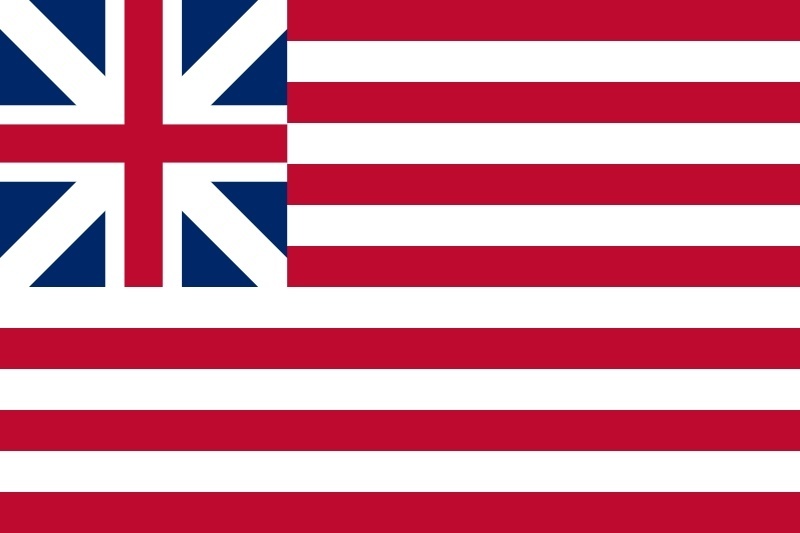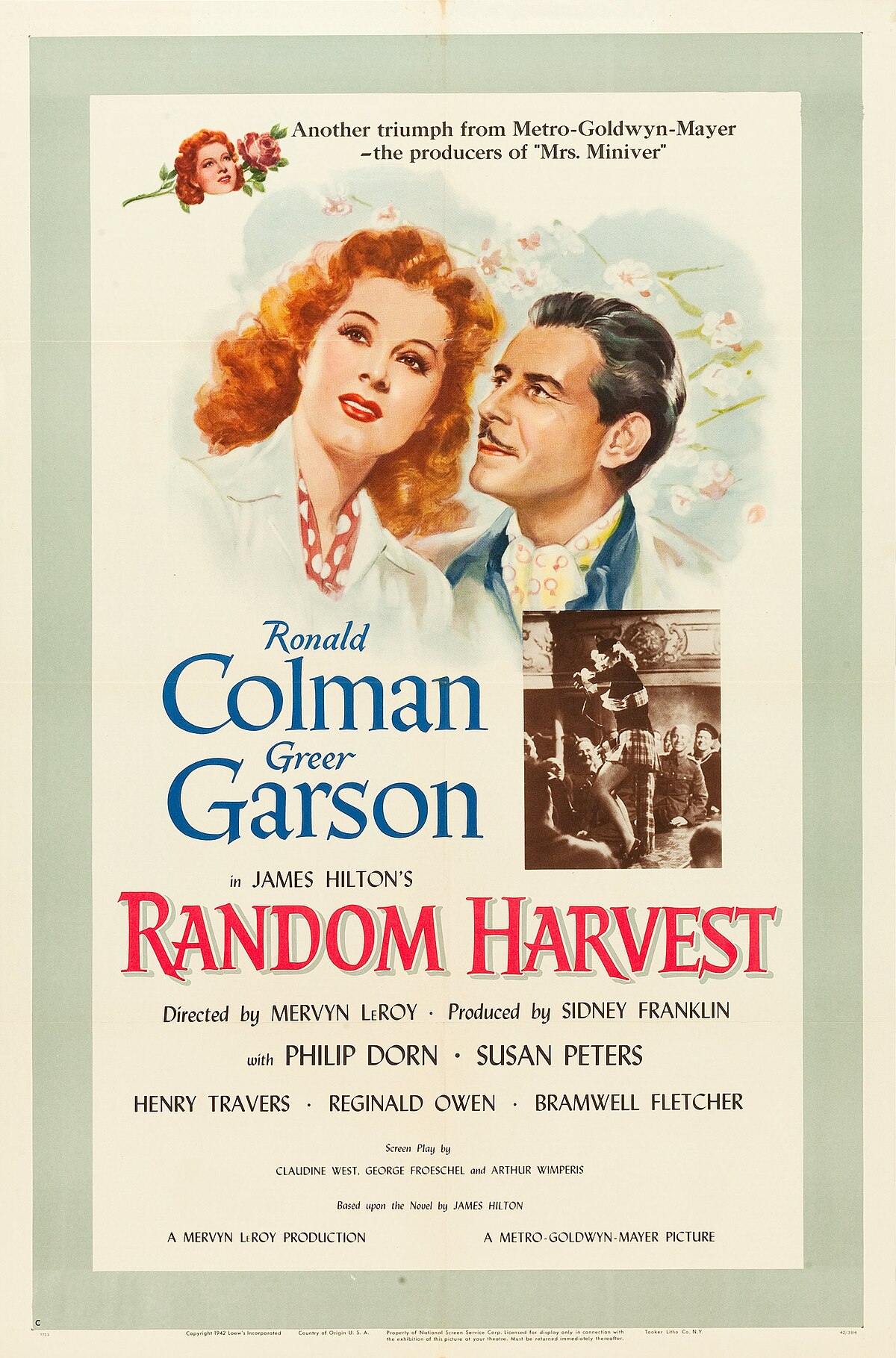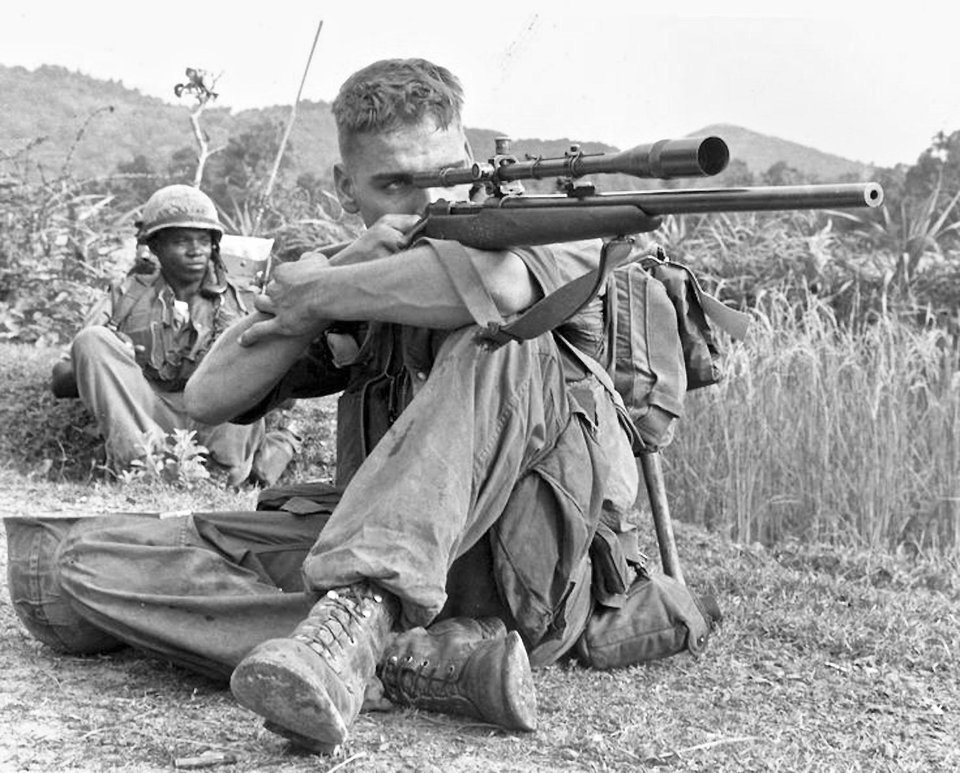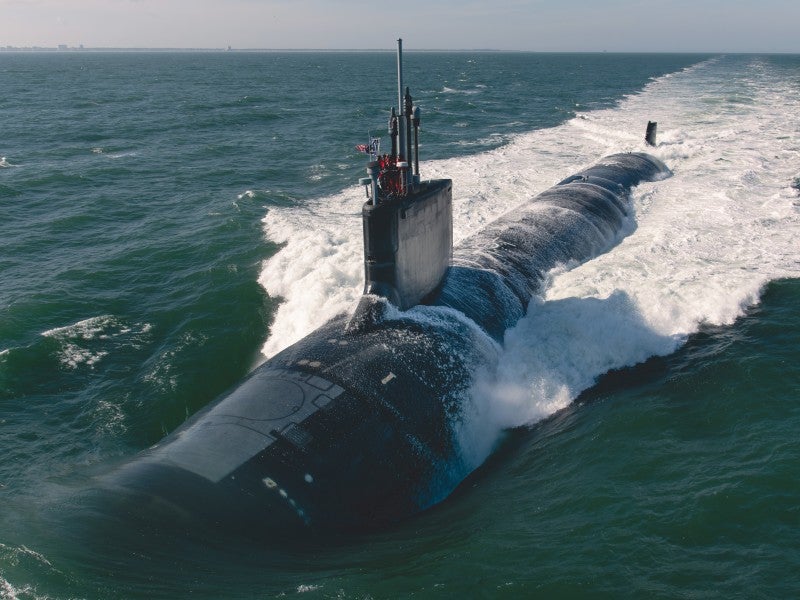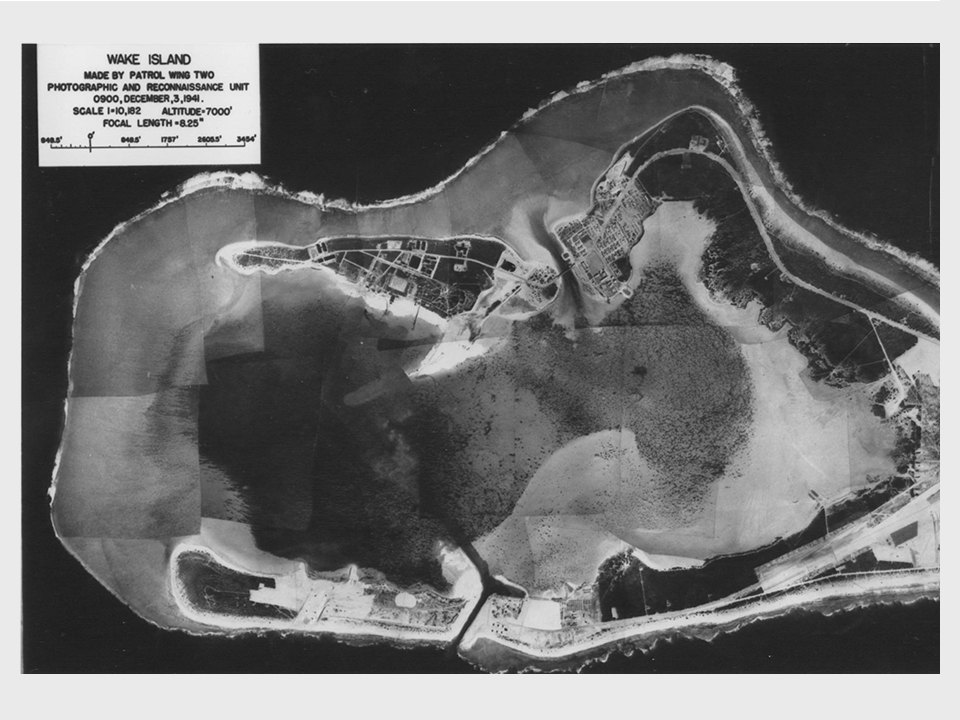It looks like a video game rendition of a P-51 vs a ME-109
December 1, 1943, The first operational use of the American P-51D Mustang is in a fighter sweep over occupied Belgium. The P-51 was designed as the NA-73 in 1940 at Britain’s request. The design showed promise and AAF purchases of Allison-powered Mustangs began in 1941 primarily for photo recon and ground support use due to its limited high-altitude performance.
But in 1942, tests of P-51s using the British Rolls-Royce “Merlin” engine revealed much improved speed and service ceiling, and in Dec. 1943, Merlin-powered P-51Bs first entered combat over Europe. Providing high-altitude escort to B-17s and B-24s, they scored heavily over German interceptors and by war’s end, P-51s had destroyed 4,950 enemy aircraft in the air, more than any other fighter in Europe.
The Mustang was the first single-engine plane based in Britain to penetrate Germany, first to reach Berlin, first to go with the heavy bombers over the Ploiesti oil fields in Romania, and first to make a major-scale, all-fighter sweep specifically to hunt down the dwindling Luftwaffe.
One of the highest honors accorded to the Mustang was its rating in 1944 by the Truman Senate War Investigating Committee as “the most aerodynamically perfect pursuit plane in existence.”
Mustangs served in nearly every combat zone, including the Pacific where they escorted B-29s to Japan from Iwo Jima. Between 1941-5, the AAF ordered 14,855 Mustangs (including A-36A dive bomber and F-6 photo recon versions), of which 7,956 were P-51Ds. During the Korean War, P-51Ds were used primarily for close support of ground forces until withdrawn from combat in 1953.
North American P-51 Mustang
